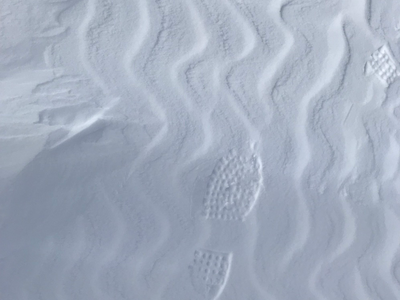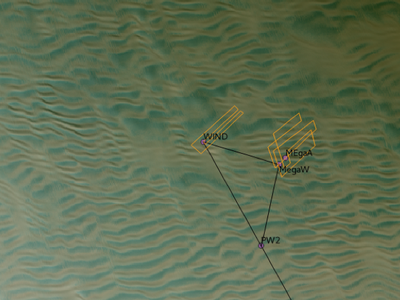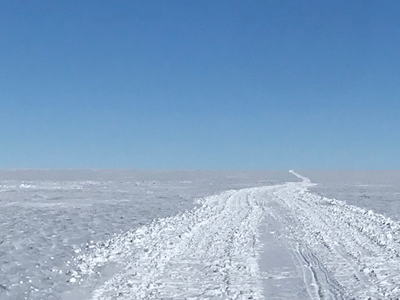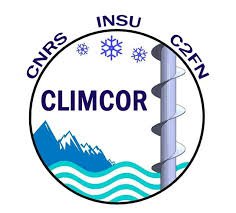The megadunes, or the Eldorado of glaciologists...
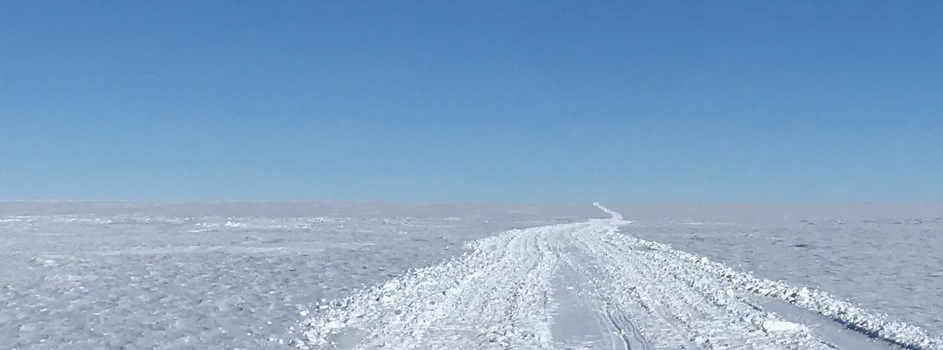
The team spent several days on a field of megadunes. Although they're spread out over several kilometres, the horizon is not deceiving. The trace left by a vehicle clearly shows the slope of the dune, confirmed by the echoes of Manu's radar. The ground is not flat here! As by fractal construction, the wind also leaves microdunes on the ground that look strangely similar, but on a much smaller scale, to megadunes. Interesting...Surprising nature, on a scale of several km to a few cm, the wind reproduces the same structures.
Talk to a glaciologist about megadunes and you will suddenly see sparks shining in his eyes ...but what are megadunes? As their name suggests, they are, like their Saharan cousins, dunes shaped by the wind, but they are made of snow. So why all this effort to go and check out these pale structures? In fact, no matter how slight the relief, it subtly interacts with the prevailing wind to either deposit snow or erode it, thus creating windward and leeward of the dune zones of snow accumulation and ablation respectively. Measuring these amounts of snow input and output is fundamental to understanding the global Antarctic mass balance (a kind of accounting balance between the mass gains and losses of the ice sheet), which largely determines Antarctica's contribution to global sea level rise. This is the reason for the excitement of some glaciologists at the sight of the slightest relief in their eyes. In their defence, it must be acknowledged that the extreme flatness and monotony of the Antarctic plateau is very conducive to this excitement; the slightest singularity, whether it be a micro-relief, an earlier sign of passage, a stray bird, triggers collective hysteria in the team.
I promise, next summer we'll all go on holiday to the Dune du Pilat to see what a real dune is...

